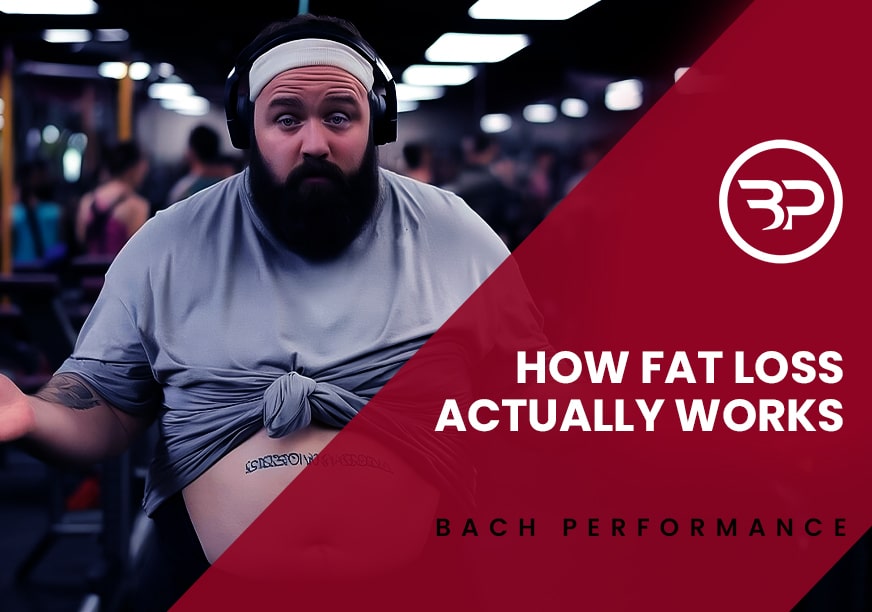Five Exercises For Athletic Muscle Building
May 13, 2014
I get it—You want to build muscle, be shredded, and be athletic. You crave a body that’s both Show AND Go (sorry Eric Cressey: I love the term), with the body and tools of a finely tuned athlete. With that in mind your typical “body-builder” splits, isolation exercises, and high-pump workouts won’t cut it. High volume body-part splits aren’t best for gains– there’s too much focus on individual muscles rather than the body moving as a unified machine.
Instead, you need exercises that require strength, stability, power, speed, and coordination to build slabs of athletic muscle to your body.
Photo Credit:elitedaily.com
1.) Sprint:
What sport isn’t better by improved sprint speed?
The truth is very few — speed reigns king in athletics.
Luckily, sprinting has benefits far beyond cross-extensor coordination, power, speed, and strength–it’s great all-around tool and will help you improve shred body fat, improve your condition, and even build muscle.
Here’s Why:Sprinting requires high-velocity muscle contractions to rapidly generate force and propel the body forward. No jogging here, sprints are an all-out, intensive exercise.
Sprints are intense enough to stimulate the release of major anabolic hormones like HgH and testosterone, create muscle-building damage to muscle fibers, and even aid in transitioning slow-twitch fibers to type 2 fast twitch fibers.
Start conservatively with all sprint work consider hiring a coach—sprinting is a skill that must to be taught to optimize performance and decrease injury risk. You wouldn’t try a max-lift your first time in the gym would you?
Sprinting is extremely neurologically demanding—sprinting while fatigued is idiotic and increases injury risk exponentially.
Like anything else that’s been neglected it’s best to hold back the reigns, do them first in your workout, and start conservative–no-one benefits from a bum hamstring.
As a conditioning tool sprint work trains specific energy support systems (alactic and lactic) that fuel performance in high-intensity, short duration exercise. When beginning proceed with caution– re-introduce speed training with full-recovery and slight hills to prevent injuries.
[Try This: Beginners start with 6 sprints for 30 yards on the first few workouts with a full 90 second recover between reps. recovery, 1-3 minutes should suffice. ]2.)Power Clean:
The clean is my favorite exercise for improving power performance due to its explosive triple extension of the hip, knee, and ankle in a coordinated, explosive pattern—a movement that simulates the triple extension in jumps and sprints.
There is no sport that isn’t improved through powerful triple extension, coordination, Or absorbing and transferring. Olympic lifts are a vital training tool for athletic performance.
If you struggle with technique start with the Hackey Pull. This exercise is a powerful expression of full hip extension, the primary driver of cleans and hip extension in sport.
As a muscle builder the clean works the following muscles: calves, quads, hamstrings, glutes, spinal erectors, traps, deltoids, and forearms, as well as the core muscles that come into play to stabilize your spine and transfer power throughout the movement. This makes the clean a better bang for your buck deal than 3:1 Chipotle Burritos and arguably better than any other exercise.
Plus, they look pretty bad-ass.
3.) Bench Press:
Most athletes absolutely love the bench press and for good reason– It’s the ultimate “macho, how much you bench bro’?” exercise . It doesn’t matter if you have a 8-year-old in the gym for the first time or a high school senior Football player; they love the bench and will go all-out in effort.
“Functional” pundits will hate the bench press because of a lack of scapular movement and the fact that lifters are laying down, but few exercises build heaping slabs of muscle on the chest, shoulders, and triceps coupled with explosive strength like the bench press.
Use a shoulder-width grip, rigid wrists, and tuck the elbows at 45 degrees to create a stable environment for the shoulder. Similarly avoid going too narrow, an over ally narrow-grip causes the scapulae to slide into anterior tilt (that’s bad news folks) and potentially aggravate the shoulder. if you’re concerned with shoulders then floor presses and weighted push-ups are fantastic alternatives.
A motivated person will work hard; sometimes the trade-off is worth the intensity and work ethic despite its short-comings.
4.) Rotational Medicine Ball Throws:
Sports aren’t played only in the sagittal plane–movement in sport is chaotic and occurs in multiple planes, athletes need to be strong and resilient in all these planes. Athletes benefit from direct rotational power work because power is vector specific–it must be developed in a similar movement to transfer to sport.
Medicine ball rotational throws explosively transfer forces between the upper and lower body, developing explosive rotational power with loaded hips. Rotational med ball throws are ideal for throwing a solid 1-2 punch combo at your local tavern athletes that need to punch, swing, throw, and pass to develop explosive rotational power.
Perform throws first in a strength training session for maximal training effect. You’ll improve rotation power and potentiate the nervous system activation for better strength training performance for the rest of the workout. Do 2-3 Sets of 3-5 reps with 45- 60 seconds between sets.
5.) Bulgarian Split Squat:
You’re probably like me. We hate doing things that expose our weaknesses. We don’t like to struggle, but relish the opportunity to improve.
Bulgarian split squats expose your weaknesses and engage the lateral sub-system- a key region composed of the gluteus medius, adductors, and quadrates lumborum. These killers push your “pain” threshold while limiting spinal compression and shear stress compared to back squats and front squats, making them a viable alternative for athletes with limitations in bilateral squats. For mobility and stability purposes Bulgarian split squats provide a massive stretch to the hip flexors while reinforcing the greater mobility with resistance to develop stability.
Get out of your comfort zone, your limiting factors will expose you in the gym and on the playing field. Doing the “hard stuff” is the stuff we need to do more of, and few exercises expose weaknesses like Bulgarian Split Squats.
(BONUS) 6.) Planks
“Woah, planks? Isn’t that remedial?”
They are, but that doesn’t mean they’re not important. Anterior core stability is vital for both performance and injury prevention. Many athletes (and desk-jockeys) spend countless hours in a flexed position with poor abdominal engagement. This leads to frequent back pain and a lack of trunk integrity during movement activities. Master your planks to improve performance by keeping healthy athletes and improving the transfer of forces between the upper and lower body. Athletes will never express maximum strength, speed, power, and performance without great trunk integrity.
Wrap Up
There’s no point to creating an impressive physique that becomes a walking ball of fail when competition rises. Building muscle is a great thing and will improve your performance as long as mobility,stability, multi-directional ability, strength (relative and absolute), and speed are maintained or improve. Ditch the bogus gimmicky exercises and master these exercises to build an athletic, muscular body.
Enjoy this post?
Please pass this post on to three people Or share it on your favorite social network.








